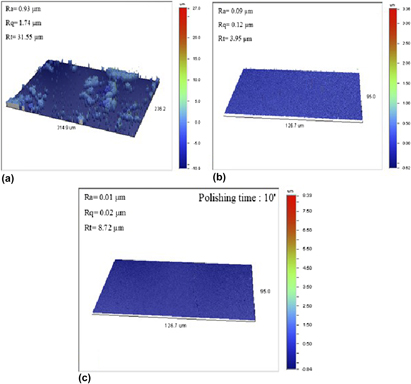Article contents
Multiscale and multicycle instrumented indentation to determine mechanical properties: Application to the BK7 crown borosilicate
Published online by Cambridge University Press: 16 January 2017
Abstract

In this work, nano, micro, and macro-indentation tests under standard or multicycle loading conditions were performed for studying the mechanical behavior of a crown borosilicate glass sample with the objective to study the scale effect in indentation and the influence of cracks formation on the assessment of mechanical properties. When no cracks were initiated during the indenter penetration, especially for low indentation loads, the mechanical properties were deduced by applying different methodologies, (i) Standard (or monocyclic) loading, (ii) Continuous Stiffness Measurement mode, (iii) Constant and progressive multicycle loading, and (iv) Dynamic hardness computation. It has been found independently of the loading conditions, Martens hardness and elastic modulus are approximately 3.3 and 70 GPa, respectively. However, when cracking and chipping are produced during the indentation test, two damage parameters related to hardness and elastic modulus can be used for representing the decrease of the mechanical properties as a function of the relative penetration depth.
- Type
- Articles
- Information
- Copyright
- Copyright © Materials Research Society 2017
Footnotes
Contributing Editor: George M. Pharr
References
REFERENCES
- 1
- Cited by



